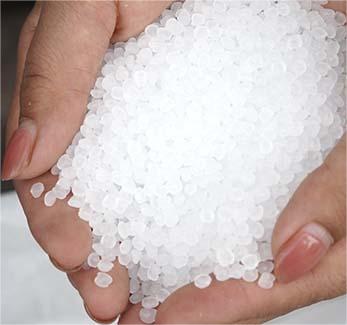The application and future potential of cartridge valves in the hydraulic systems of electro-hydraulic control supports are thoroughly discussed. A detailed design scheme is proposed, along with an analysis of its working principle. Cartridge valves offer significant advantages such as high flow capacity (up to 10,000 L/min or more), fast response time, and reliable operation, making them particularly suitable for the demanding conditions of hydraulic support systems. Their use in electro-hydraulic pilot control aligns well with current technological trends, offering a cost-effective and efficient solution that enhances system performance and promotes standardization. Keywords: Cartridge valve; Electro-hydraulic control; Hydraulic system; Support.
One of the main challenges in fully mechanized mining is the low moving speed of the hydraulic support, which significantly affects productivity. To address this, cartridge valves have been introduced into the hydraulic system of the support. These valves act as pilot valves, replacing traditional solenoid valves, and are used to control the main cone valve. This configuration mimics the functionality of an electro-hydraulic control valve but with superior performance. The large flow capacity and rapid response of cartridge valves make them ideal for high-pressure, high-flow applications, eliminating the need for specialized high-flow solenoid valves. This not only meets the system requirements but also improves overall efficiency and generalization of the design, solving issues caused by the limitations of conventional tubular valves.
In addition, the use of cartridge valves in hydraulic support systems offers several key benefits:
1. **Suitability for Stent Conditions**: Stents operate under harsh conditions, including high pressure, large flow rates, and polluted media. Cartridge valves excel in these environments due to their robust construction and excellent sealing properties.
2. **Alignment with Fluid Transmission Trends**: As fluid transmission technology moves toward using pure water as a medium, hydraulic supports using high-water-based emulsions are well-positioned to benefit. Cartridge valves, with their tapered sealing mechanism, provide superior performance in such environments, making them the preferred choice for future systems.
3. **Strong Anti-Pollution Capability**: Given the high level of contamination in coal mine environments, traditional valves often suffer from wear and blockage. Cartridge valves, however, are less sensitive to contaminants, reducing maintenance needs and increasing system reliability.
4. **Adaptability to Special Conditions**: In situations requiring high flow, such as sudden roof pressure or difficult-to-remove roofs, cartridge relief valves can handle large instantaneous flows efficiently. This eliminates the need for complex, costly safety valves and simplifies the overall system design.
The working principle of the electro-hydraulic control system based on cartridge valves involves a combination of electrical and hydraulic components. A microcontroller, located within the support frame, sends commands to the system. The cartridge pilot valve controls the directional valve, which in turn manages the flow to the columns or jacks, enabling precise and sequential movements. Pressure and displacement sensors provide feedback to the controller, allowing for real-time adjustments. The central controller coordinates multiple units, while individual controllers manage specific functions, ensuring smooth and efficient operation.
This system enables initial support, resistance increase, and constant resistance during the lifting process. It also facilitates lowering and pushing actions, all controlled through the cartridge valve system. When manual control is required, the system can be adapted accordingly, enhancing flexibility and usability.
Feasibility studies confirm that cartridge valves meet the performance requirements of modern hydraulic supports. Their compact design allows for easy integration, and the availability of mature electro-hydraulic control components ensures technical viability. Moreover, the mass production of cartridge valves makes them cost-effective and widely applicable across various types of hydraulic supports.
In conclusion, the use of cartridge valves in electro-hydraulic control systems for hydraulic supports represents a significant advancement. They offer superior performance, adaptability, and reliability, meeting the demands of modern coal mining operations. With their alignment with industry trends and proven technical and economic feasibility, they are a promising solution for improving the efficiency and safety of hydraulic support systems.
LDPE Resin
Low-density polyethylene (LDPE) is a thermoplastic made from the monomer ethylene. It was the first grade of polyethylene, produced in 1933 by Imperial Chemical Industries (ICI) using a high pressure process via free radical polymerization. Its manufacture employs the same method today. Low Density Polyethylene (LDPE): It`s the industry workhorse. Used in applications as diverse as liners and food storage bags to shrink and collation films. Offering options for flexible packaging, caps and closures, plastic toys.

Ldpe Resin,Low Density Polyethylene,Low Density Polyethylene Plastic,Film Grade Ldpe
Jiangsu Zijun International Trade Co., Ltd. , https://www.zijunplastic.com
